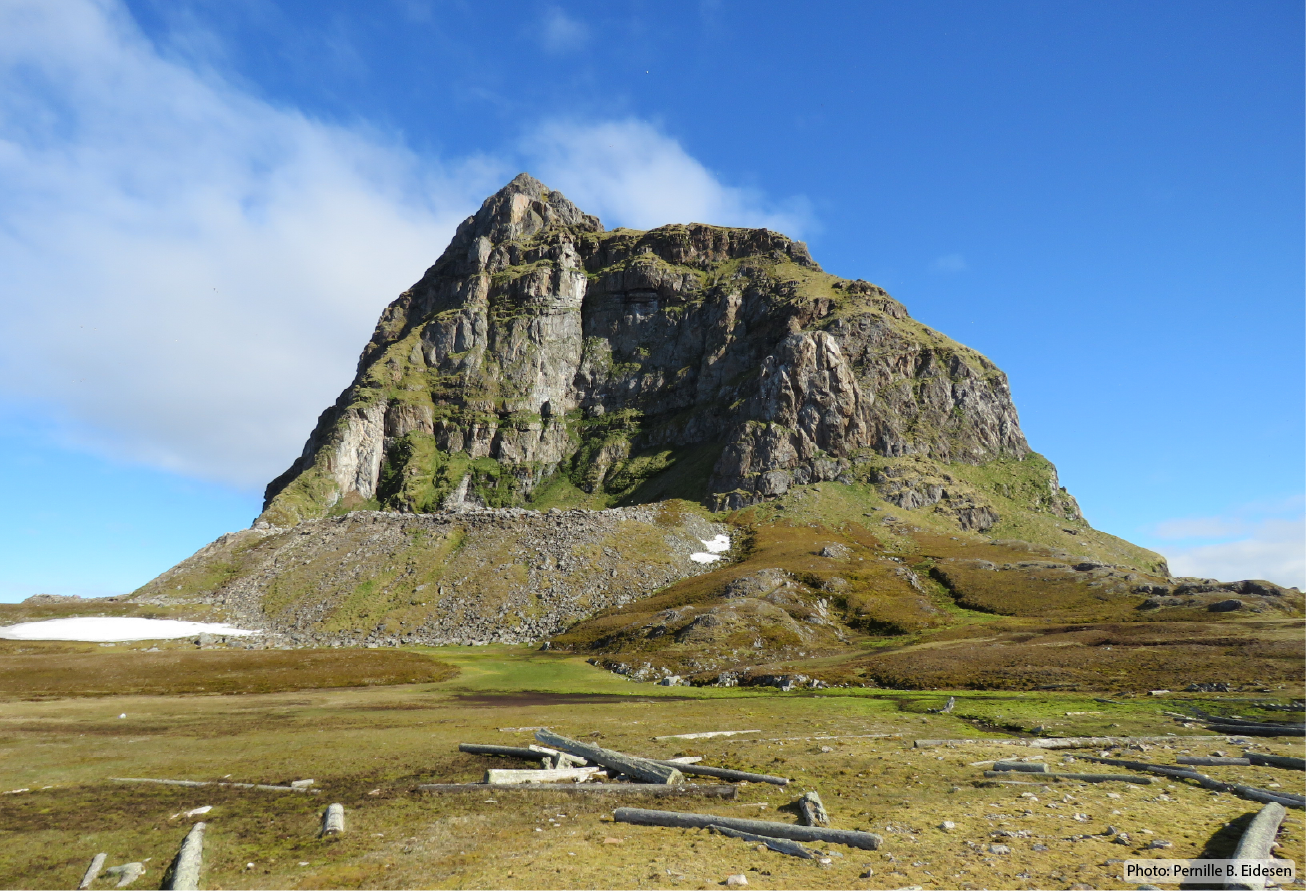How to make virtual field guides, and use them to bridge field- and classroom teaching
DOI:
https://doi.org/10.5324/njsteme.v8i2.4921Abstract
At the University Centre in Svalbard (UNIS), fieldwork is an important part of all courses, but the transition from theory in the classroom to the arctic reality is a challenge. Other common challenges with course-related fieldwork are insufficient preparation, no possibilities to revisit a location to repeat difficult issues or resolve misunderstandings, and lack of suitable assessment methods of field-related learning outcomes. To narrow the gap between theory and practice and improve the alignment between field-related learning outcomes, activities, and assessment, we created a set of virtual field guides (VFG) from different locations in Svalbard based on 360-Degrees photographs collected during summer 2019. The VFGs were intended for use in combination with fieldwork in terrestrial biology courses the following years. Due to COVID-19, all courses were cancelled in 2020, and UNIS had reduced activity in 2021. The VFGs were therefore tested and evaluated by former students that had visited the locations the VFGs represented, but had not used VFGs as an integrated tool to prepare their field course. Evaluation data were collected through an anonymous survey. Eight of 16 students responded. We also collected experiences from arranging a post-fieldwork learning activity (16 students) that required knowledge of “reading landscapes,” a typical field skill. The current feedback indicates that VFGs provide students with a more realistic picture of what awaits them in the field, and aid preparing, planning, and recapitulation activities of fieldwork, but cannot substitute for fieldwork. However, VFGs can be used to practice and assess certain field-related skills. The learning potential in fieldwork is huge, but rarely fully utilized. We provide a “how to” guide for making VFGs, and argue that these rather simple digital tools improve field learning and better utilization of investments in field activities.
Downloads
Downloads
Published
Issue
Section
License
Copyright (c) 2024 Pernille Bronken Eidesen, Simen S. Hjelle

This work is licensed under a Creative Commons Attribution 4.0 International License.
The Nordic Journal of STEM Education licenses all content of the journal under a Creative Commons Attribution (CC-BY) licence. This means, among other things, that anyone is free to copy and distribute the content, as long as they give proper credit to the author(s) and the journal. For further information, see Creative Commons website for human readable or lawyer readable versions.
Authors who publish with this journal agree to the following terms:
1. Authors retain copyright and grant the journal right of first publication with the work simultaneously licensed under a Creative Commons Attribution License that allows others to share the work with an acknowledgement of the work's authorship and initial publication in this journal.
2. Authors are able to enter into separate, additional contractual arrangements for the non-exclusive distribution of the journal's published version of the work (e.g., post it to an institutional repository or publish it in a book), with an acknowledgement of its initial publication in this journal.
3. Authors are permitted and encouraged to post their work online (e.g., in institutional repositories or on their website) prior to and during the submission process, as it can lead to productive exchanges, as well as earlier and greater citation of published work (See The Effect of Open Access

